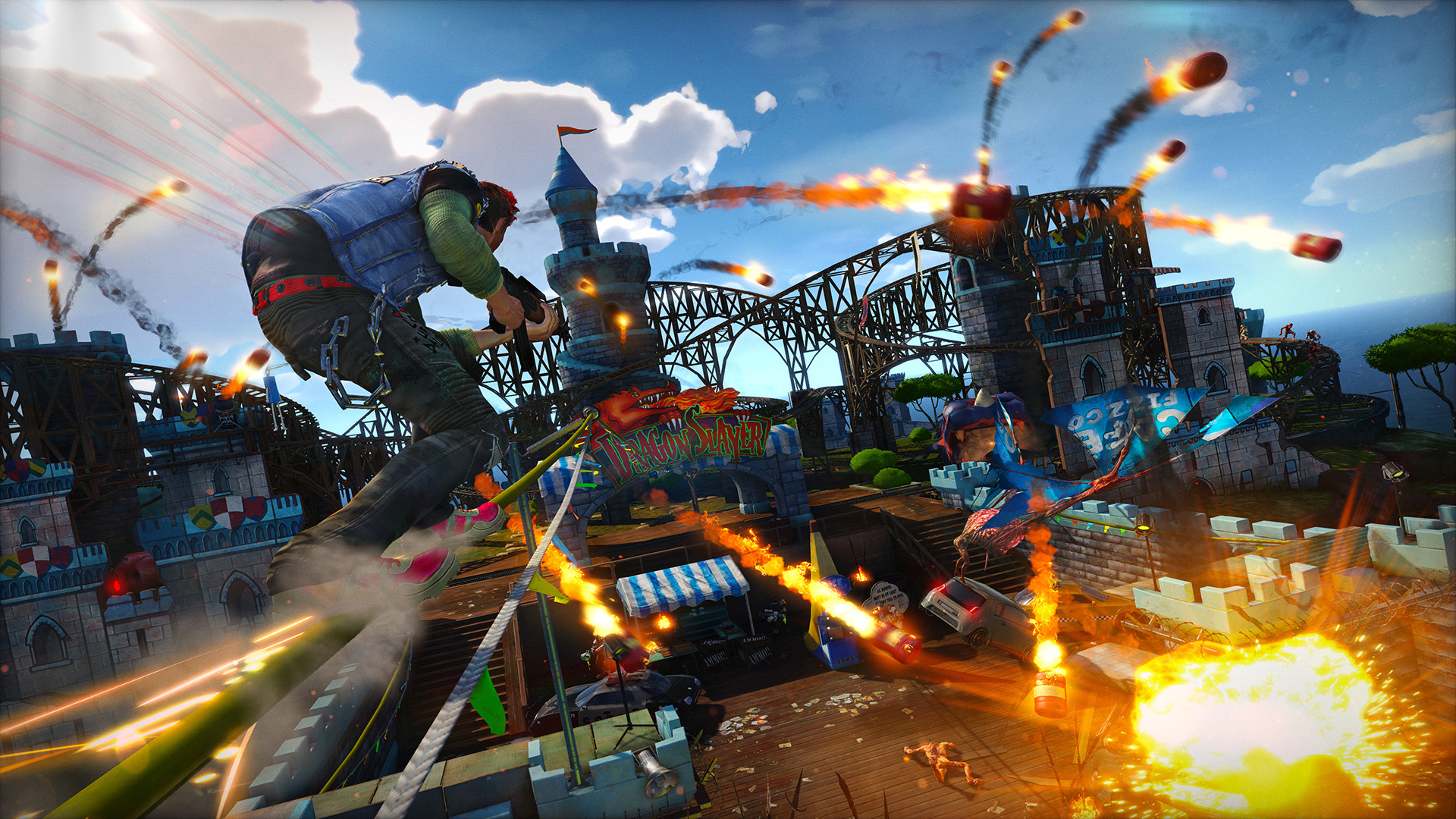GO Battle League Season 11: Exciting Battles Await Trainers!
Trainers, get ready to dive back into the thrilling world of Pokemon battles with the highly anticipated GO Battle League Season 11! Niantic has announced an action-packed season filled with new cups and events for Pokemon GO players worldwide. Whether you’re a seasoned battler or just starting your journey, there’s something for everyone in this exciting season. Read on to discover all the details and stay ahead in the battle arena!
Season 11 Start Date, Rank Resets, and End-of-Season Rewards
The much-awaited Season 11 of the GO Battle League will commence on Wednesday, June 1, 2022, at 1:00 p.m. PDT (GMT −7). As the season kicks off, Trainers can expect some significant changes:
- End-of-season rewards will be available on the battle screen, providing an extra incentive for Trainers to showcase their battling skills.
- Your GO Battle League rank will be reset, giving everyone a fresh start in their journey to the top.
- Rank-up requirements will remain the same as in Season 10, ensuring a fair and competitive playing field.
Season 11 Schedule: Battling through a Variety of Leagues and Cups
GO Battle League Season 11 will introduce a diverse range of leagues and cups, ensuring dynamic battles and strategic gameplay throughout the season. Mark your calendars for the following leagues and cups:
Great League
The season begins with the beloved Great League, allowing Trainers to battle with Pokemon up to 1,500 CP. This provides an excellent opportunity to showcase your tactical skills with a wide range of Pokemon.
Great League Remix
Following the initial Great League battles, the Great League Remix takes center stage. In this variant, the 20 most commonly used Pokemon by skilled Trainers from the Ace rank and above will be excluded, offering a fresh and unpredictable battling experience.
Ultra League
Once the Great League battles conclude, Trainers will have the chance to compete in the Ultra League. With a CP limit of 2,500, this league allows for the use of more powerful Pokemon, increasing the strategic depth of battles.
Catch Cup — GO Fest Edition
As part of the Pokemon GO World Championship Series events, the Catch Cup – GO Fest Edition introduces a unique twist to battles. Trainers can only use Pokemon caught during the GO Fest weekend for this cup, adding an extra layer of challenge and excitement.
Master League
The prestigious Master League awaits skilled Trainers who seek the ultimate battle experience. In this league, there are no CP limits, allowing for the use of the most powerful and legendary Pokemon in epic encounters.
Fossil Cup
Next on the list is the Fossil Cup, where Trainers can only deploy Water-, Rock-, and Steel-type Pokemon to showcase their strategic prowess. This cup presents a fresh set of challenges and encourages Trainers to think outside the box.
Retro Cup
Trainers with a penchant for nostalgia will find delight in the Retro Cup. In this cup, only Pokemon with CP at or below 1,500 are eligible, and Fairy-, Dark-, and Steel-type Pokemon are excluded. It’s a chance to relive the battles of yesteryears with a twist!
Kanto Cup
Go back to where it all began with the Kanto Cup. Only Pokemon with Pokédex numbers from #1 to #151 are eligible, making it a journey down memory lane and a test of your knowledge of the original Pokemon region.
Flying Cup
Battle the skies with the Flying Cup. This cup exclusively features Flying-type Pokemon, challenging Trainers to master the unique strategies associated with these avian creatures.
Element Cup
Explore the elemental powers in the thrilling Element Cup. Pokemon up to 500 CP, with unevolved forms, compete in this exciting cup, pushing Trainers to optimize their teams in ingenious ways.
Summer Cup
Embrace the summer vibes with the Summer Cup, where Normal-, Fire-, Water-, Grass-, Electric-, and Bug-type Pokemon take the center stage. Feel the heat and enjoy the dynamic battles under the warm sun.
Fighting Cup
If you’re ready to throw punches and showcase your Fighting-type Pokemon, the Fighting Cup is the perfect battleground. This cup allows only Fighting-type Pokemon, presenting a fierce competition for true brawlers.
Little Cup Remix
Trainers who enjoy battling with adorable and unevolved Pokemon will find joy in the Little Cup Remix. With a CP limit of 500, and Little Cup Pokemon from the previous season excluded, this cup promises exciting battles with pint-sized powerhouses.
Mystery Cups*
As the season progresses, Niantic has some surprise Mystery Cups lined up for Trainers. Keep your eyes peeled for updates on these mysterious challenges!
Season 11 GO Battle Events: Mankey Takes the Spotlight
Trainers can look forward to exciting GO Battle Events throughout Season 11. One such event features the mischievous Fighting-type Pokemon, Mankey!
GO Battle Day: Mankey
On Saturday, June 18, 2022, from 12:00 a.m. to 11:59 p.m. local time, Mankey takes the center stage. During this special event, Trainers can enjoy the following bonuses:
- 4× Stardust from win rewards, allowing Trainers to amass Stardust at an accelerated rate.
- An increased number of battles per day, with the set limit raised from five to 20, providing ample opportunities to hone battling skills.
But that’s not all! Trainers can also encounter Mankey as a guaranteed reward encounter and have a chance to evolve it into Primeape with the Charged Attack Cross Chop when evolved during the event hours or up to two hours after it.
Timed Research: Unleash your Battling Potential
To further enhance the battling experience, Niantic is introducing Timed Research focused on battling. Completing this research will reward Trainers with valuable items, including XP, Rare Candy, Bea-Style Gloves, and an Elite Charge TM. It’s an opportunity to unlock your battling potential and add powerful moves to your Pokemon’s arsenal.
Active Leagues: Battle With Skill and Strategy
Alongside the exciting cup rotations, Trainers can participate in Active Leagues throughout Season 11. These leagues provide the opportunity to battle opponents in specific league formats:
Master League
Challenge the most formidable opponents in the renowned Master League. With no CP limits, this league showcases the absolute pinnacle of battling prowess.
Fossil Cup
Test your mettle in the Fossil Cup, where Trainers can only use Water-, Rock-, and Steel-type Pokemon. This league requires careful team composition and strategic decision-making.
GO Battle Weekend: A Spectacle of Battles
To celebrate Pokemon GO’s anniversary, Niantic presents the highly anticipated GO Battle Weekend. From Saturday, July 9, 2022, at 12:00 a.m. to Sunday, July 10, 2022, at 11:59 p.m. local time, Trainers can engage in battles across the Great League, Ultra League, and



